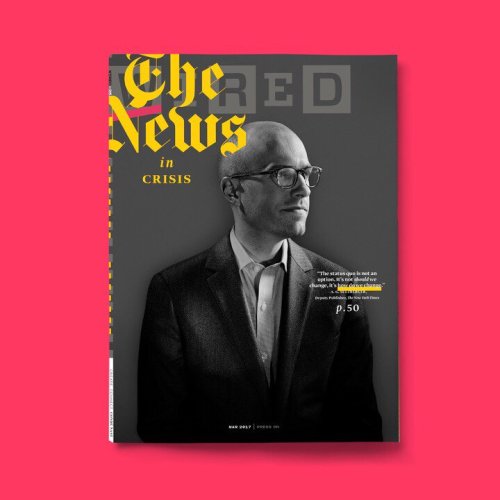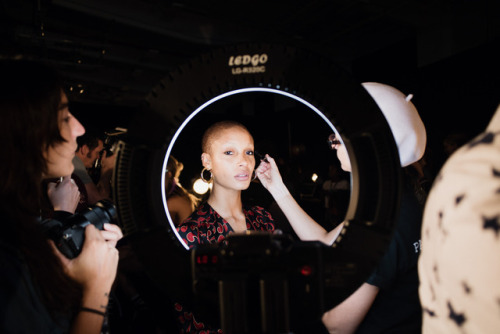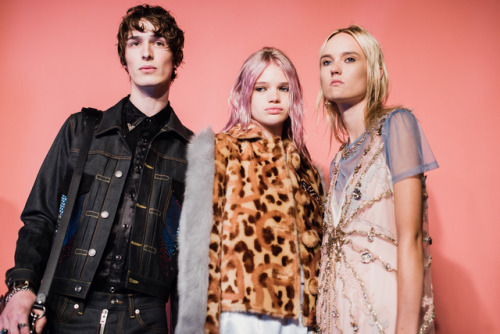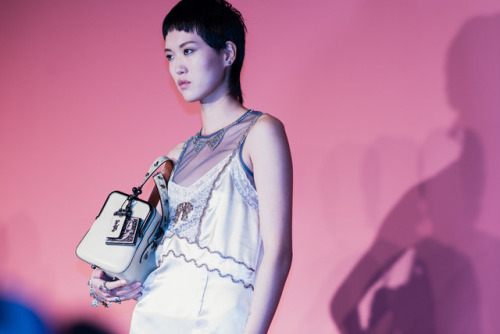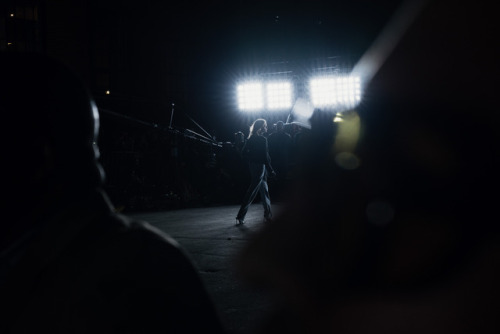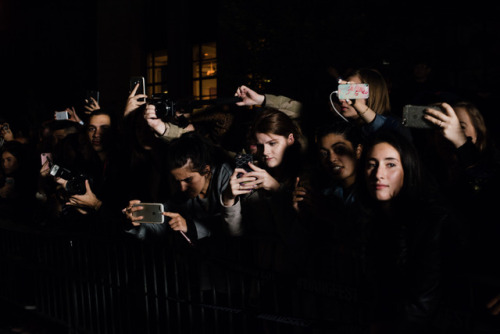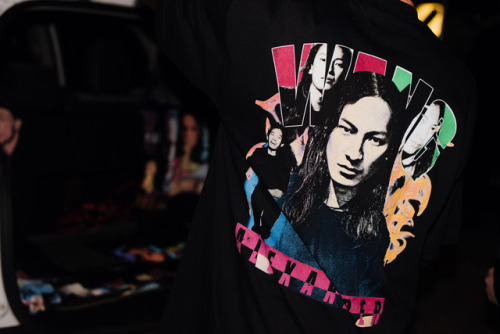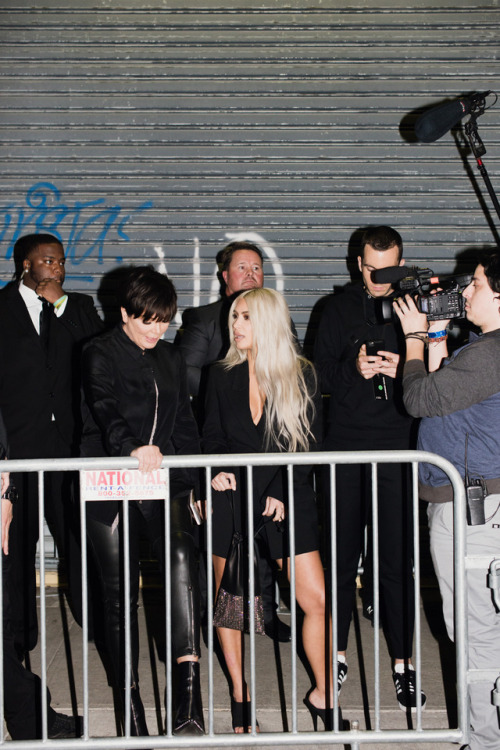#the new york times
The future of journalism is at stake. Take a look inside The New York Times’ biggest-ever strategy shift.
Read More: How the New York Times Is Clawing Its Way Into the Future
Post link
Gender Trouble In Trouble?
From the New York Times we read: “Men are tough; women are in touch with their feelings. Men are providers; women are nurturers. Men should punch back when provoked; women should be physically attractive.
These stereotypical beliefs about gender differences remain strong, found a new survey from the Pew Research Center on Tuesday. Even in an era of transgender rights, a surge of women running for office and a rising number of stay-at-home fathers, most Americans believe men and women are fundamentally different, and that masculinity is more valued than femininity.
The workplace is the one area in which a majority of men and women said the sexes were more alike than different in terms of what they were good at: 63 percent of respondents said men and women excelled at the same things at work, while 37 percent said they were good at different things.
The survey results also shed light on some root causes of sexual harassment and discrimination. Nearly half of men, and 57 percent of men ages 18 to 36, said they felt pressure to join in when other men talked about women in a sexual way.
Sexism was described as widespread, and baked in from a young age. The belief that society placed a higher premium on masculinity than femininity was reflected in views of how to raise children: Respondents more often approved of teaching girls that it was acceptable to be like boys than the other way around.
Three-quarters of people said it was important for parents of girls to encourage them to participate in the same activities as boys and to develop skills considered masculine. But a smaller majority — just under two-thirds of respondents — thought parents of boys should encourage them to do girls’ activities or develop skills considered feminine.
A large majority of women thought parents should break gender norms when raising either girls or boys, but men’s opinions changed depending on the sex of the child. Seventy-two percent thought parents should break gender norms for girls, and 56 percent for boys. Two-thirds of Republicans thought parents of girls should break gender norms, but less than half thought parents of boys should.
In questions about life outside the workplace, most respondents said men and women were different in how they expressed their feelings and in their physical abilities, hobbies and parenting styles, according to the survey, which was nationally representative. Pew surveyed 4,573 adults in August and September using its American Trends Panel. (See how your views compare by taking Pew’s quiz on the topic.)
There was a partisan divide about whether these gender differences were the result of biology (and thus unlikely to change) or societal norms. More than half of Republicans said biology determined differences in how men and women parented, expressed feelings or spent their free time. About two-thirds of Democrats described society as the primary driver of these differences.
Women were also likelier than men to attribute gender differences to nurture, not nature.
For instance, 87 percent of survey respondents said men and women expressed feelings differently. But two-thirds of women said this was based on societal expectations, while more than half of men thought it was because of biological differences. This was the gender difference that the largest share of respondents of both sex — about a quarter — thought was a bad thing.
In terms of gender differences in parenting styles and approaches, 60 percent of women said they were societal, while a similar share of men said they were biological. This was the gender difference that the largest share of respondents — just over half — thought was a good thing.
Being a woman, according to respondents, meant pressure to be physically attractive and to be an involved parent.
Being a man meant facing pressure to support a family financially and to be professionally successful, emotionally strong and interested in sports. To a lesser extent, it also meant being willing to throw a punch if provoked. Nearly half of men, and more than half of millennial men, said it also meant facing pressure to have many sexual partners and to join in when other men talked about women in sexual ways.
Democrats were more likely than Republicans to say that society looks up to masculine men — but Democrats were also much more likely to say that society’s esteem for masculinity is a bad thing.
Despite the deep-seated beliefs about gender differences, there were some signs in the survey responses that attitudes about gender roles were becoming less rigid, particularly among women and Democrats, who were more likely to say that society should be more accepting of nontraditional gender roles.
When survey respondents thought about the next generation, there were certain qualities associated with one gender — like taking on leadership for boys and expressing emotions for girls — that most thought should be encouraged more equally.
More than half of respondents said there should be more emphasis for boys to talk about their emotions when they are upset and to do well in school. As for girls, more than half of respondents said there should be more emphasis on being leaders and on standing up for themselves. In playground games, at least, we might see more girls leading the teams, and more boys explaining how winning or losing makes them feel.
Claire Cain Miller writes about gender, families and the future of work for The Upshot. She joined The Times in 2008, and previously covered the tech industry for Business Day.@clairecmFacebook”
He Needed to Train. David Duchovny’s Pool Was Out There.
By Matthew Futterman

Along with the rest of the world, athletes have had their careers upended by the coronavirus pandemic. They are giving The New York Times an intimate look at their journeys in periodic installments through the rest of the year. Read Garcia-Tolson’s first installments here and here.
It was the weekend after the Fourth of July and Rudy Garcia-Tolson was still searching for a place to swim in Southern California. With all the public pools near his home closed, his attempt to come out of a three-year retirement at age 31 and make a fifth United States Paralympic team was stuck in first gear.
He’d started swimming and surfing in the ocean, plenty fun and a tough workout but hardly the best way to prepare to face elite competition in the 200-meter individual medley and the 100-meter breast stroke.
Then Garcia-Tolson’s phone lit up notifying him of an Instagram message. David Duchovny, best known for playing Special Agent Fox Mulder on TV’s “The X-Files,” was reaching out. Duchovny, a fellow swimmer and triathlete, had read the article in The New York Times detailing Garcia-Tolson’s efforts to find a place to train. The actor had an idea.
I was still trying to find a pool when I got one of the great messages of my life. It was from a woman who said she worked with the actor David Duchovny, telling me to get in touch with her about finding a pool to train in. She gave me his number and told me to reach out. When I did, he told me he had a 25-meter, one-lane pool in his backyard. I was welcome to use it whenever I wanted. I just needed to give him a little notice.
The funny thing is I actually met David at the Malibu Triathlon when I was a kid. I was there with the Challenged Athletes Foundation. He didn’t remember that when I told him, but then I showed him a picture of us, and then he totally did. How crazy is it that I met this guy like 20 years ago and now I am training in his pool?
So far I’ve gone about 12 times. I text him, tell him when I am going to be there. I park in his driveway, next to the garage. I go right to the pool.

The first few times we talked some. Now it’s less and less. I uncover the pool, get my equipment out, and within five minutes I jump in. I do my 90-minute, or maybe a two-hour workout and I am done. It’s pretty nice.
The first few days I was in awe that I was in Malibu, at an outdoor private pool. After I got over that, I was able to get into my zone.
It’s my fourth week now. I feel tired and sore, but it’s the good type of tired and sore that I really missed and enjoy. I’m hitting my intervals and going fast, and feeling good again.
Megan Thee Stallion: Why I Speak Up for Black Women
“I’m not afraid of criticism, and “Protect Black women” should not be controversial.”

[Outtake] LDR by Kurt Iswarienko

From David Wise’s cover story, The President and the Press in the April 1973 issue:
The First Amendment clearly protects the printed press. But the Founding Fathers, after all, did not foresee the advent of television, and the degree to which broadcasting is protected by the First Amendment has been subject to shifting interpretation. Technology has outpaced the Constitution, and the result is a major paradox: television news, which has the greatest impact on the public, is the most vulnerable and the least protected news medium.

Zendaya talks about Malcolm & Marie in new The New York Times’ interview.
Alexander Wang’s #WANGFEST | The New York Times
pt.2
https://www.nytimes.com/2017/09/10/fashion/chasing-alexander-wangs-citywide-runway-show.html
Post link
Image description start.
An instagram post from egbaddour showing two headlines from The New York Times. The first says, “Brent Renaud, an American journalist, is killed in Ukraine.” The headline is from 13 March 2022, and the word “killed” has been underlined in red and has a red arrow pointing to it. The second headline says, “Shireen Abu Akleh, Palestinian Journalist, Dies, Aged 51”. The word “dies” has also been underlined and has a red arrow pointing to it.
Description end.

One of the most likely slave-caught products that we consume is seafood from Southeast Asia. Last week, President Obama closed an 80 year loophole in the Tariff Act of 1930. The National Oceanic and Atmospheric Administration (NOAA) has also imposed stricter regulations to improve how seafood is tracked from catch to market.
Read The New York Times article here.
The success is real and should be celebrated. But the Made In A Free World Community won’t stop until EVERY product we buy is protected from slavery: madeinafreeworld.com/action

Read the full article here.
Of course, the government can’t protect us from buying slave-made goods if companies don’t know where or how to look for abuses. That’s why we’ve created FRDM®.
LEARN MORE about our business software platform at madeinafreeworld.com/business.
Some pieces I have done in the past couple of months for the New York Times~
Don the Builder Toys With Promise
Post link
2048 pixels - 2021 10 28 - Isle of Wight by Robbie Lawrence for The New York Times CUMBERBATCH13
CUMBERBATCH-COWBOY-ADV07-6_256.JPG
Benedict Cumberbatch on the Isle of Wight, England, Oct. 28, 2021. The actor is earning some of the best reviews of his career for his turn as a vicious bully in “The Power of the Dog.” (Robbie Lawrence for The New York Times)
Post link

